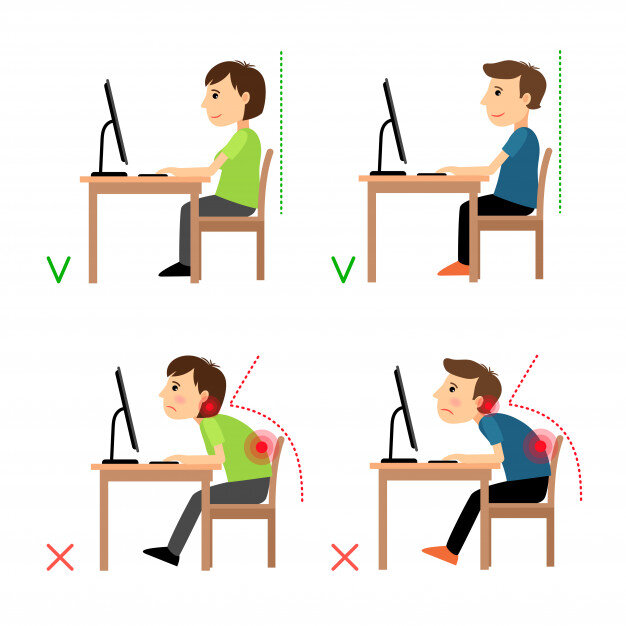Online education is our best resource during isolation, but it can also lead to exhaustion if not carefully managed.
The new normality has forced us to adapt to a different way of teaching classes. The role of online education has been transcendent for the continuity of education at all grade levels, but this transition has had its bumps.
From cyberbullying, zoombombing, availability of technological resources to scheduling problems, or parents with heavy workloads at home, the establishment of online education as the primary teaching platform has not been free of obstacles. Just months into this responsive teaching modality comes another problem to ensure a quality educational experience: Zoom fatigue.
Zoom fatigue is defined as a state of weariness, fatigue, and boredom that a user can feel from attending multiple meetings, classes, or online events during the day. The symptoms of Zoom fatigue can be detrimental to a teaching environment, mainly if they occur frequently.
How does Zoom fatigue affect us?
Zoom fatigue symptoms include difficulty concentrating, physical exhaustion, anxiety when entering or participating in a meeting, irritability, headache, and eye strain.
The problem can be more severe for children, who still have not developed the ability to understand that what they are experiencing is Zoom fatigue. Thus, parents should be attentive to the tolerance their children have sitting in front of a screen.
If a child leaves the online class to play with his toys, has an anger fit, or refuses to enter the session, it might not be a mood, but a real case of exhaustion from remote learning, i.e., Zoom fatigue.
How to combat Zoom fatigue in children?
One of the stress triggers in children is being unable to move around because they spend too much time seated in online sessions. It is advisable to provide recess periods so that children can discharge some of the energy they accumulate while sitting.
Image: Freepik/ssstocker.
Ten minutes of walking, a couple of yoga exercises, or a short time playing with their pets can significantly reduce stress levels and improve children’s concentration.
Creating a space suitable for learning that also allows children to relax is crucial for them to be comfortable in their classes. This space should facilitate using the computer without involving the child’s extra effort, seating them at eye level with the screen at a reasonable distance for viewing.
It is also recommended that the space is free of distractions but has items that the children consider their own and make them feel comfortable.
Creating a schedule that considers the deadlines needed to fulfill school responsibilities but is flexible according to the child’s needs is instrumental in keeping Zoom fatigue at bay. It is also essential to give the children a sense of control and responsibility for their schedule. Working with children who have trouble getting up early or need more breaks during a school day is possible with a 100% online scheme, besides being necessary to keep them highly attentive and motivated.
How to combat Zoom fatigue in young students?
While students in higher grades are better equipped to identify and manage remote-learning fatigue, teachers must watch for factors that could trigger it and be prepared with strategies to reduce it.
For this purpose, feedback is fundamental. It is necessary to have an open communication channel with students to know how they are emotionally and make decisions based on their mental health and capacity during confinement. When developing a schedule and setting a classwork pace, teachers should build in some time to check their students’ status and motivate them to share their concerns.
Diversifying and prioritizing is critical. When structuring the class dynamic for a semester, one must ask: Should students be interacting in real-time for this particular topic or issue? Can I record it for viewing so students can watch it at their own pace?
This is one of the most critical decisions in a 100% online model. Activities involving workgroups, dialogues, or debates need a virtual presence in real-time. However, lessons on theoretical aspects of Spanish or history or general school announcements do not need to be learned at a particular moment.
The time and concentration levels of students, teachers, and parents are limited. In the context of prolonged isolation, we must be careful with that resource (time). Recorded lessons offer the advantage of being viewed flexibly and as often as necessary to comprehend the idea. Similarly, they free up the teacher’s time and availability devoted to clarifying questions rather than dividing the session between presenting the topic and then responding to questions.
Being concise, brief, and friendly is also determinant to maintain students’ attention and make the teaching/learning process more manageable. Also, it reduces wear-and-tear on the teachers who are working long days.
Have you had problems keeping your students’ attention in class? Have any of your students had symptoms of Zoom fatigue? Have you had them? What strategies have you used in your courses in these circumstances? Tell us about this in the comments.
Translation by Daniel Wetta.
This article from Observatory of the Institute for the Future of Education may be shared under the terms of the license CC BY-NC-SA 4.0 
)
)



)